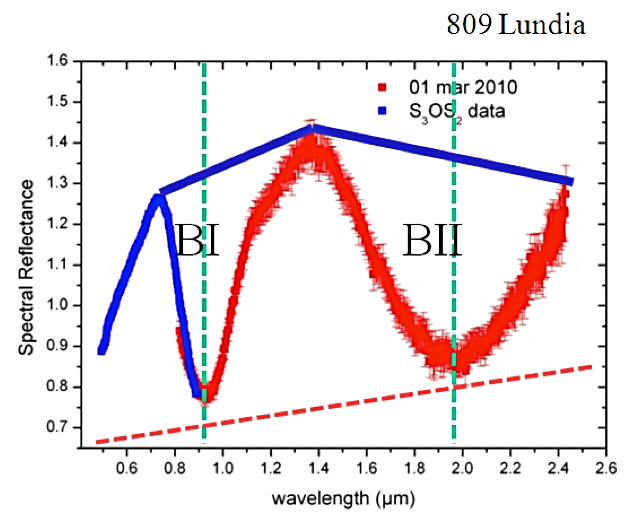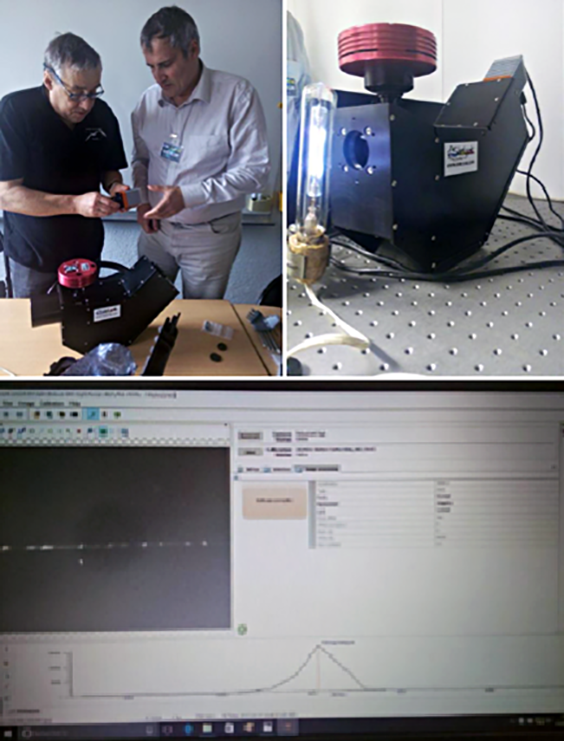SOVAG project
SOVAG is a spectrograph in the 0.5-1.6 micron spectral range for the observation of Near-Earth Asteroids. Its design allows the acquisition of low resolution spectra (R = 100-500) for asteroids which will characterize their physics and mineralogy. This instrument will allow the characterization of natural hazards related to Near-Earth Objects, the asteroids potential space mission targets, the asteroids possible parent bodies of meteor shower, and the potential targets of human space exploration.

There are more than 700,000 asteroids in the Solar System; among them, Near Earth Asteroids (NEAs) is a particular population with objects which cross or graze the Earth’s orbit. There are more than 15,000 known NEAs in the catalog, spanning the range 10 m-40 km of diameter. The catalog of NEAs contains their dynamical elements (i.e. relatively well known orbits). There are dedicated surveys over the World for discovery, recovery, and secure their orbits. One of the main topics of their study is to prevent natural risks. The main purpose of surveys is to reach the completion in discoveries. Nowadays our estimation is that about 90% of NEAs larger than 150m in diameter were discovered.
There is an important lack of complementary information concerning the physics and mineralogy of these objects. SOVAG is a spectrograph for telescopic observations of NEAs in order to characterize their refection spectra. The instrument was designed to be installed in Pic du Midi-France on the 1 m telescope (T1M). The instrument is designed to entirely cover the 1micron spectral band which could be present on the NEAs surface.

Last update Tuesday 09 June 2020